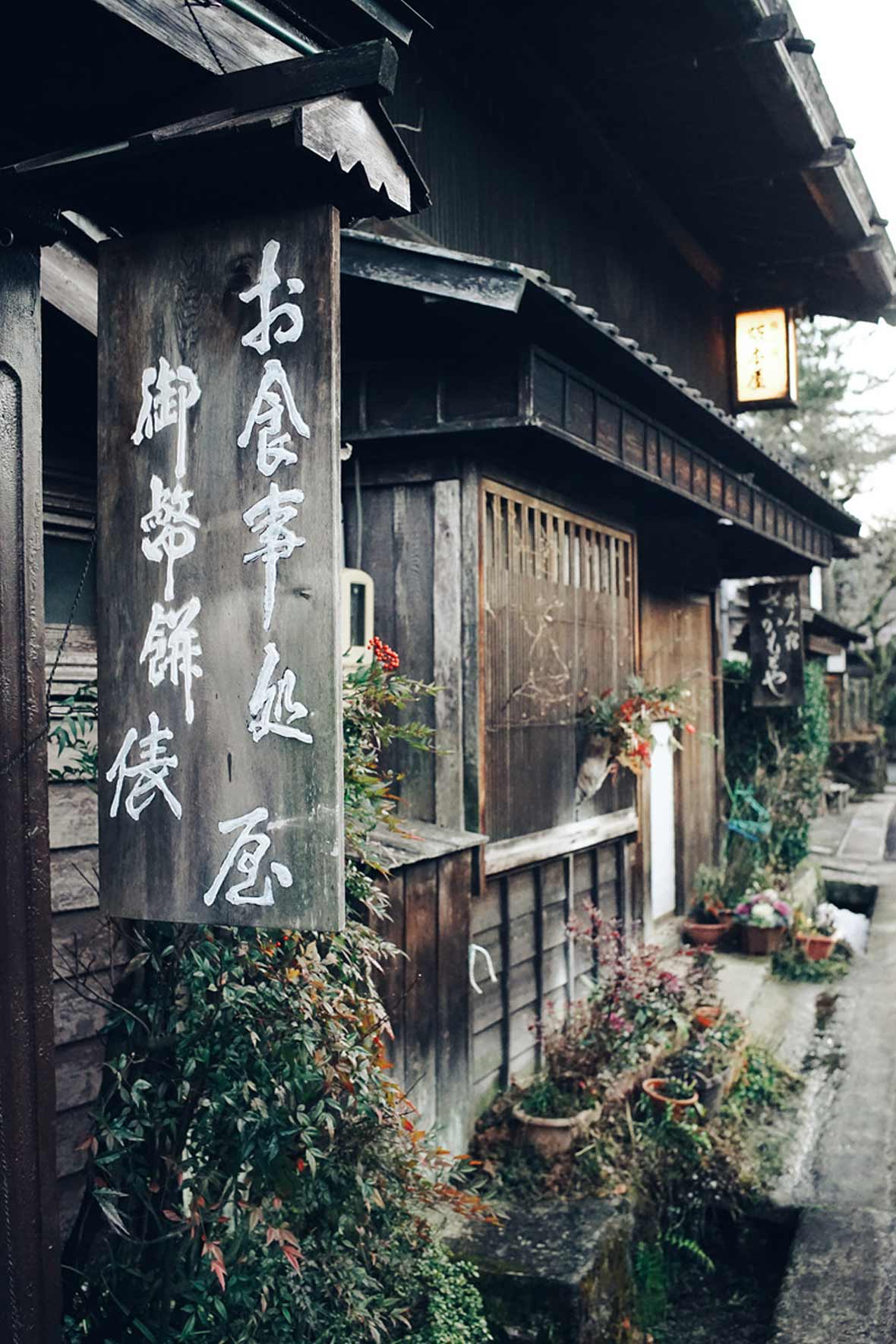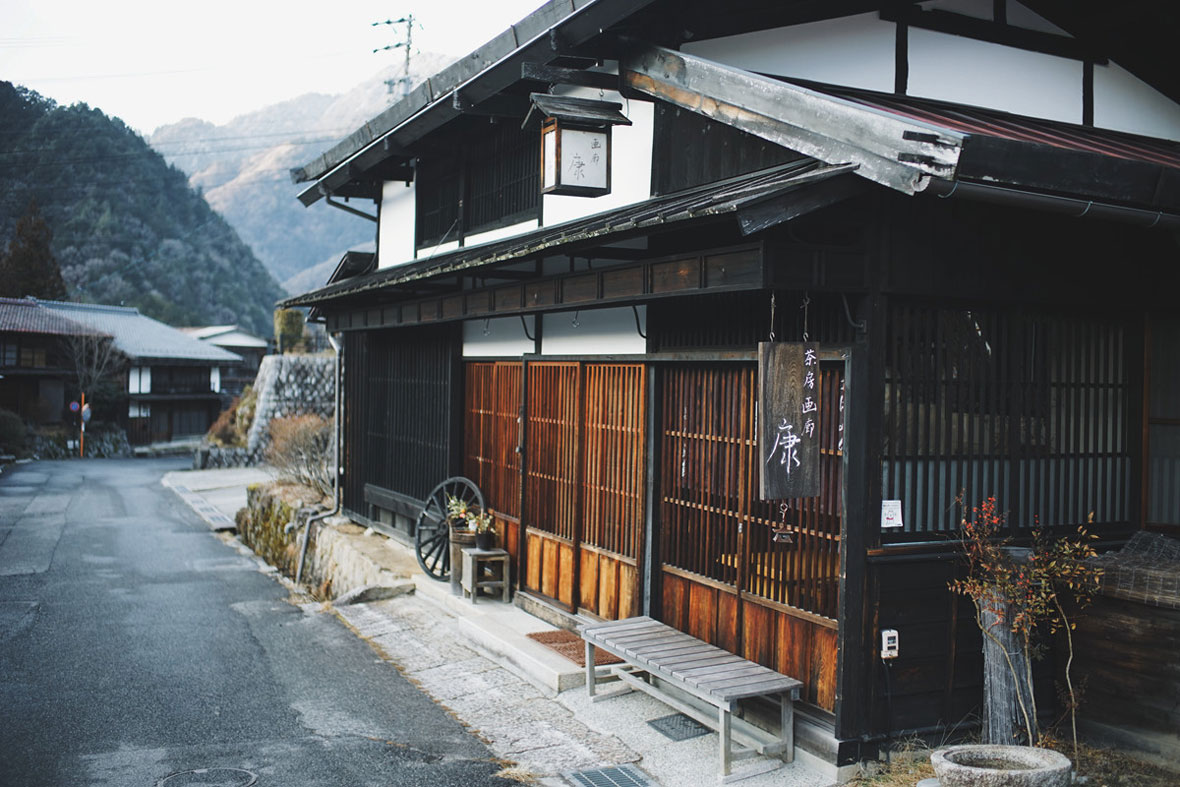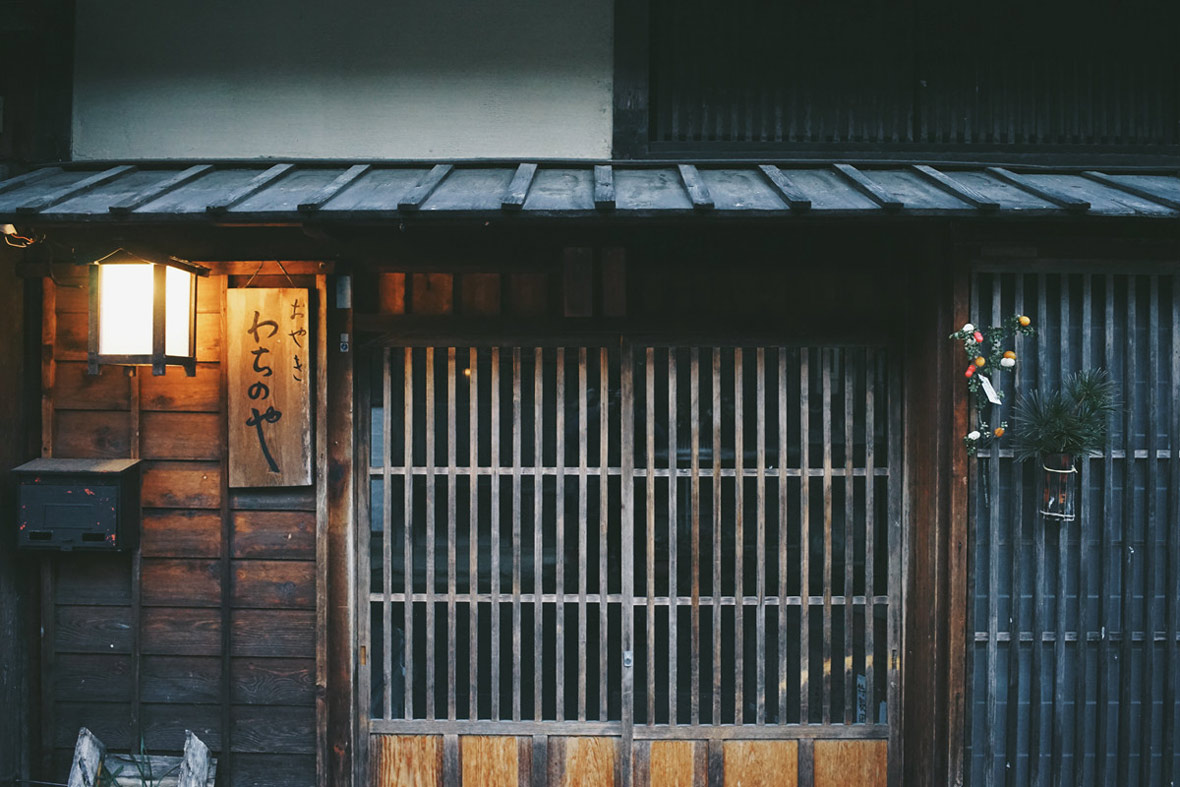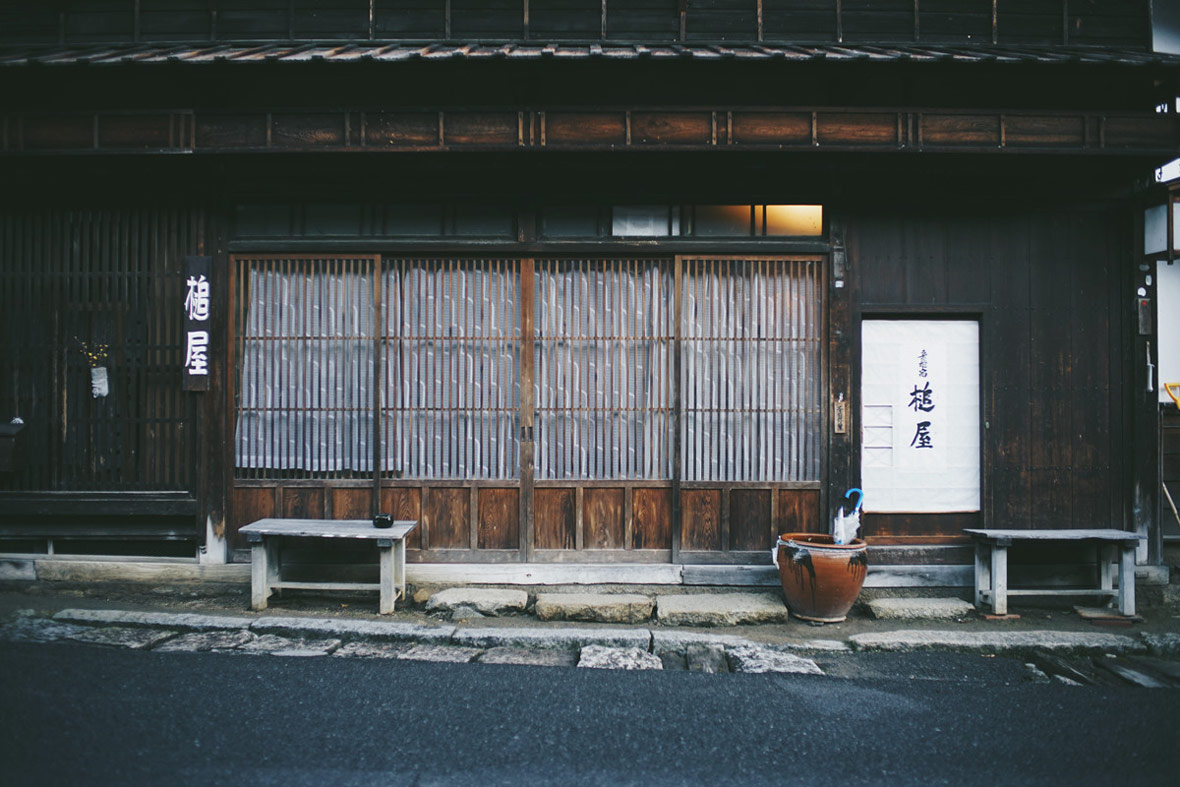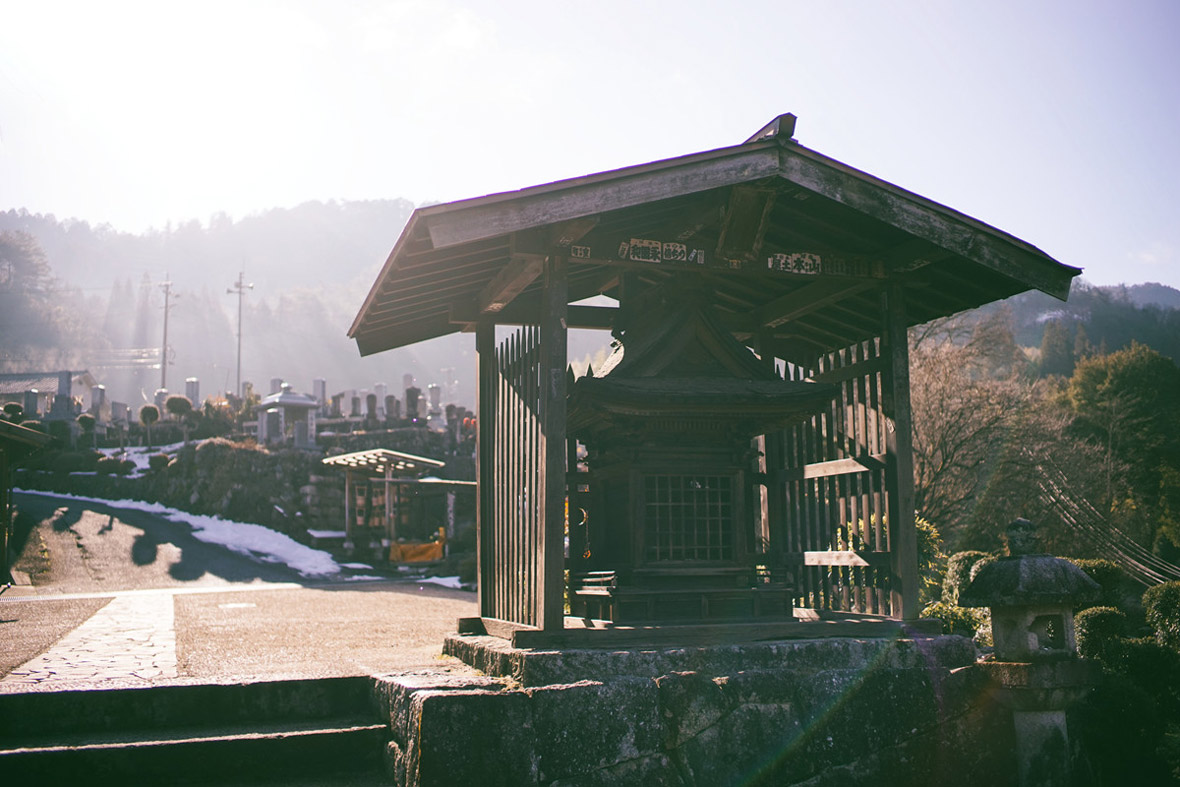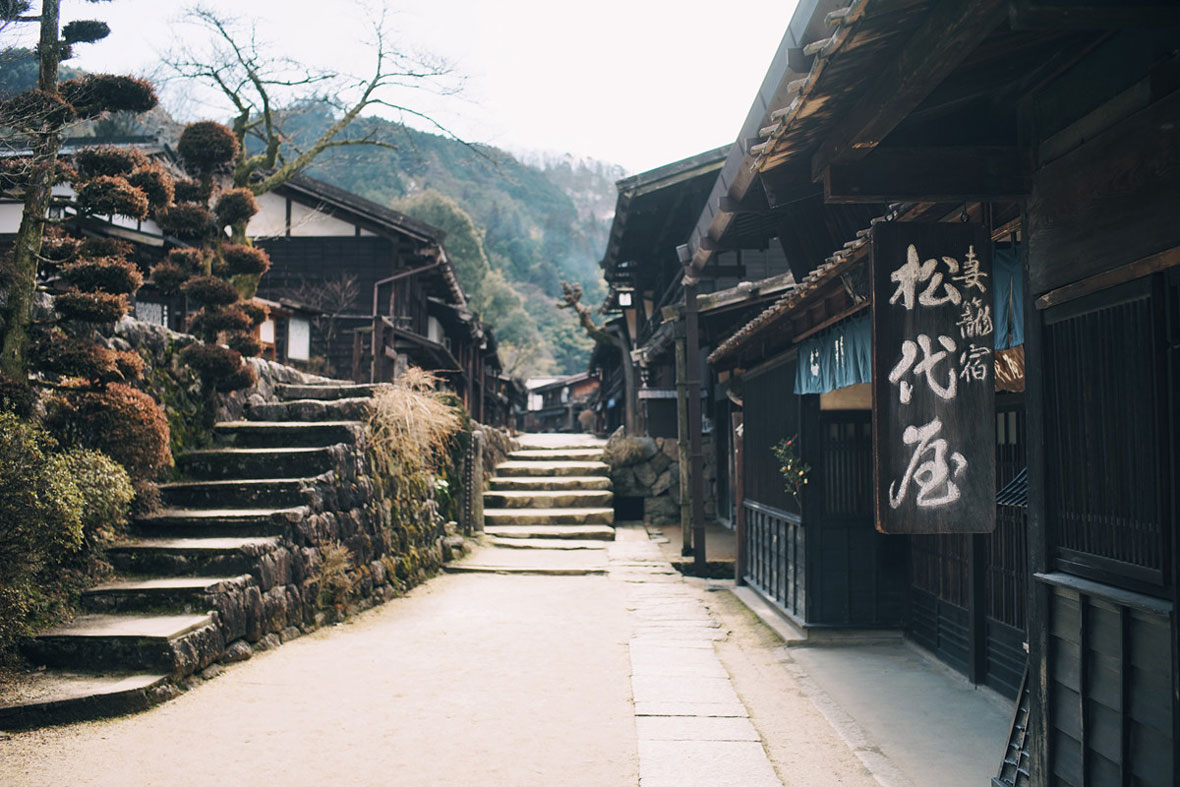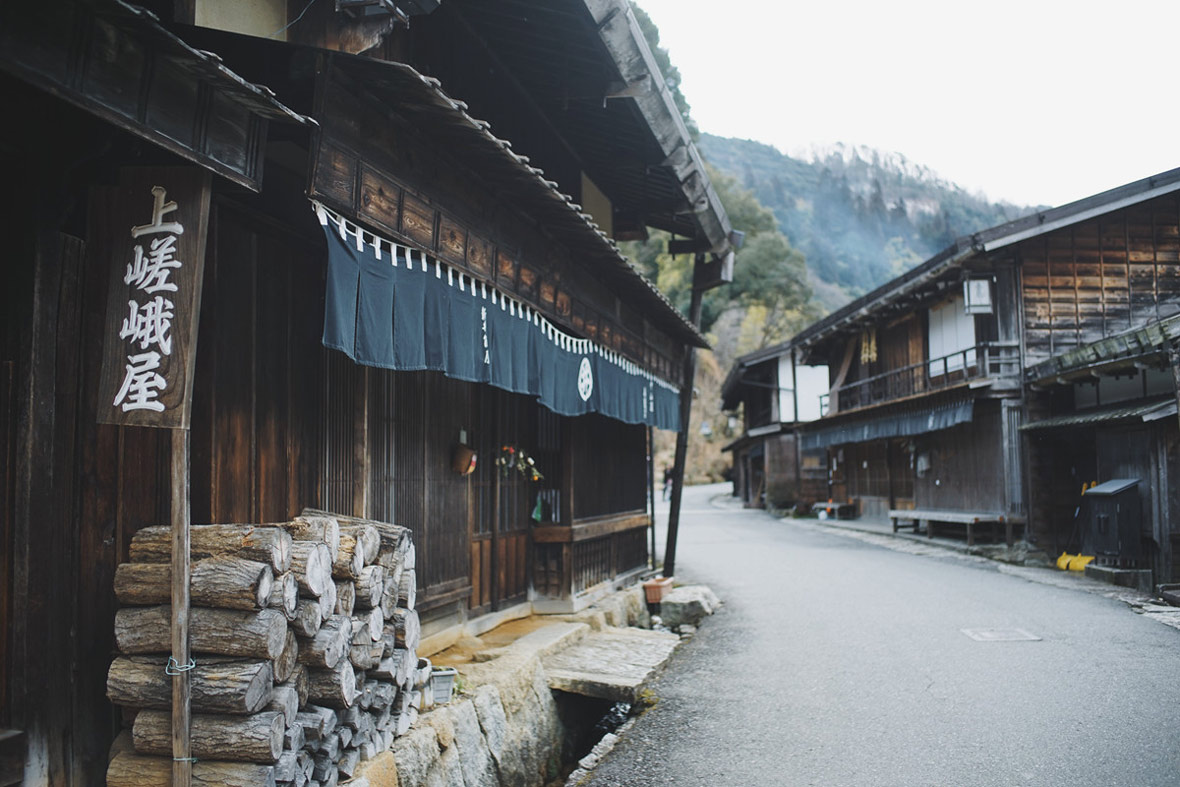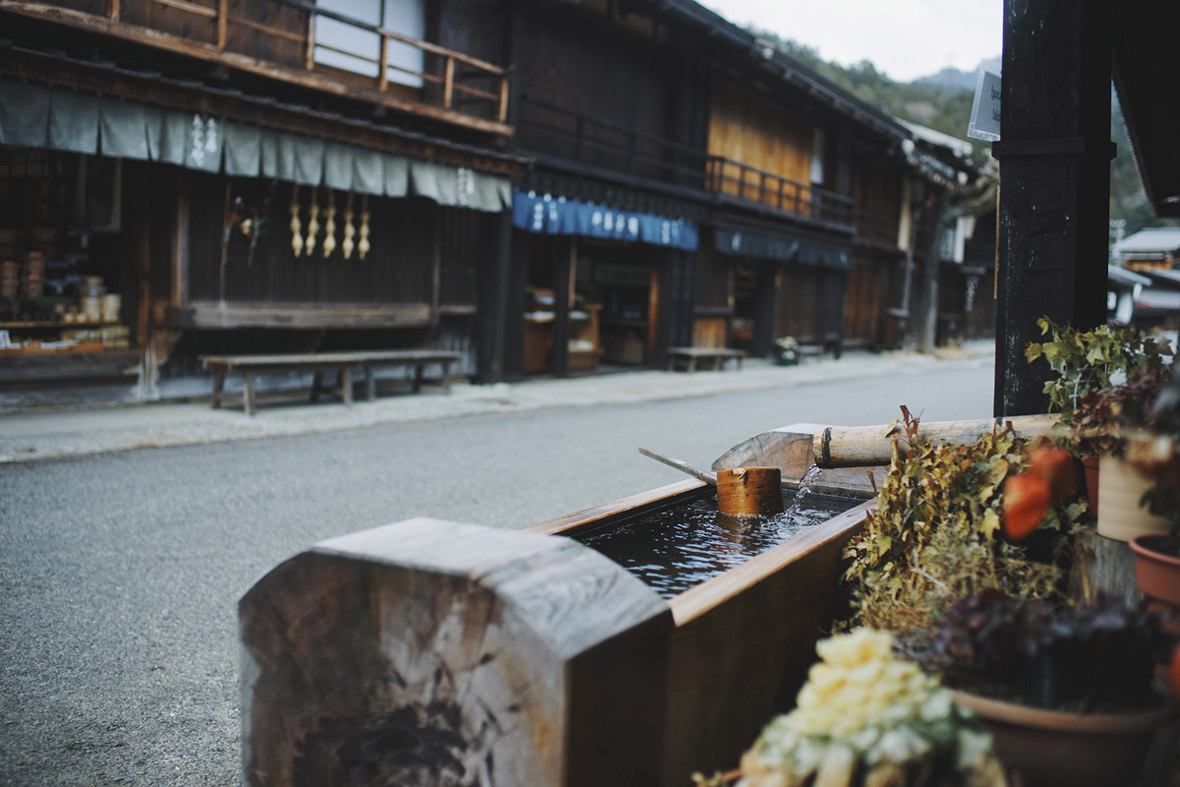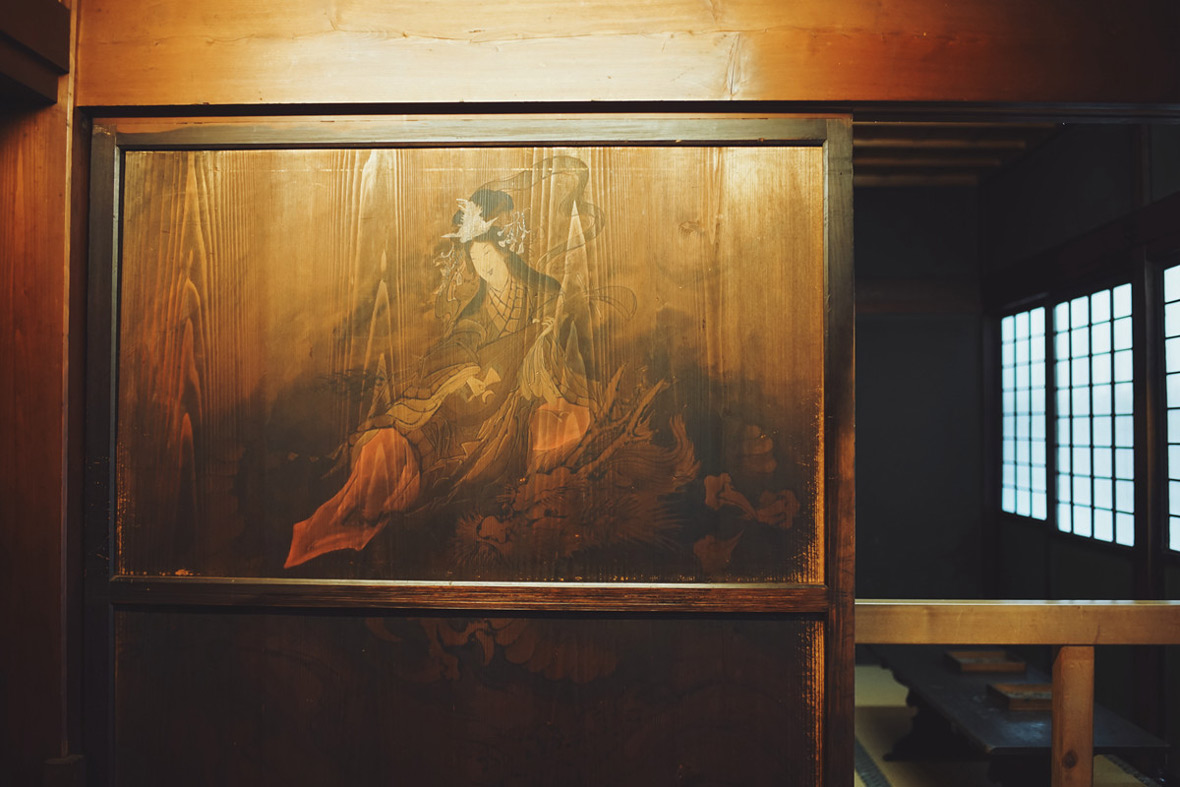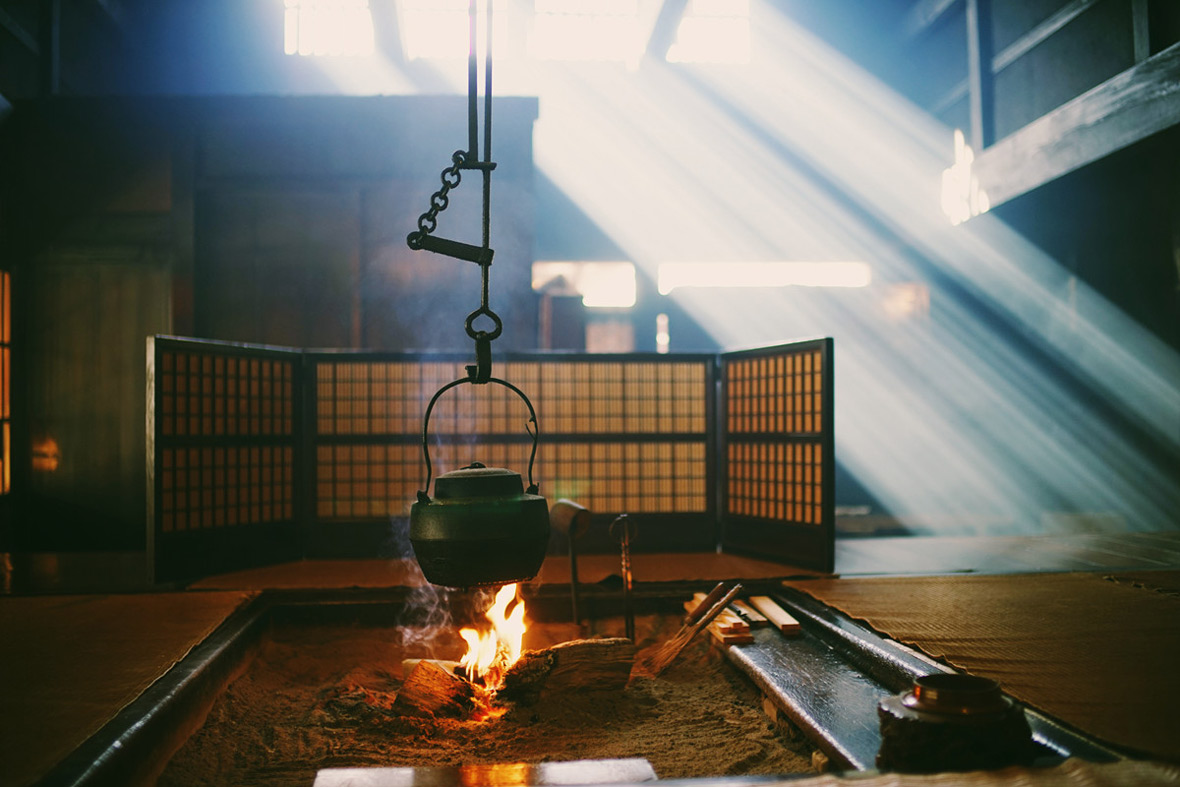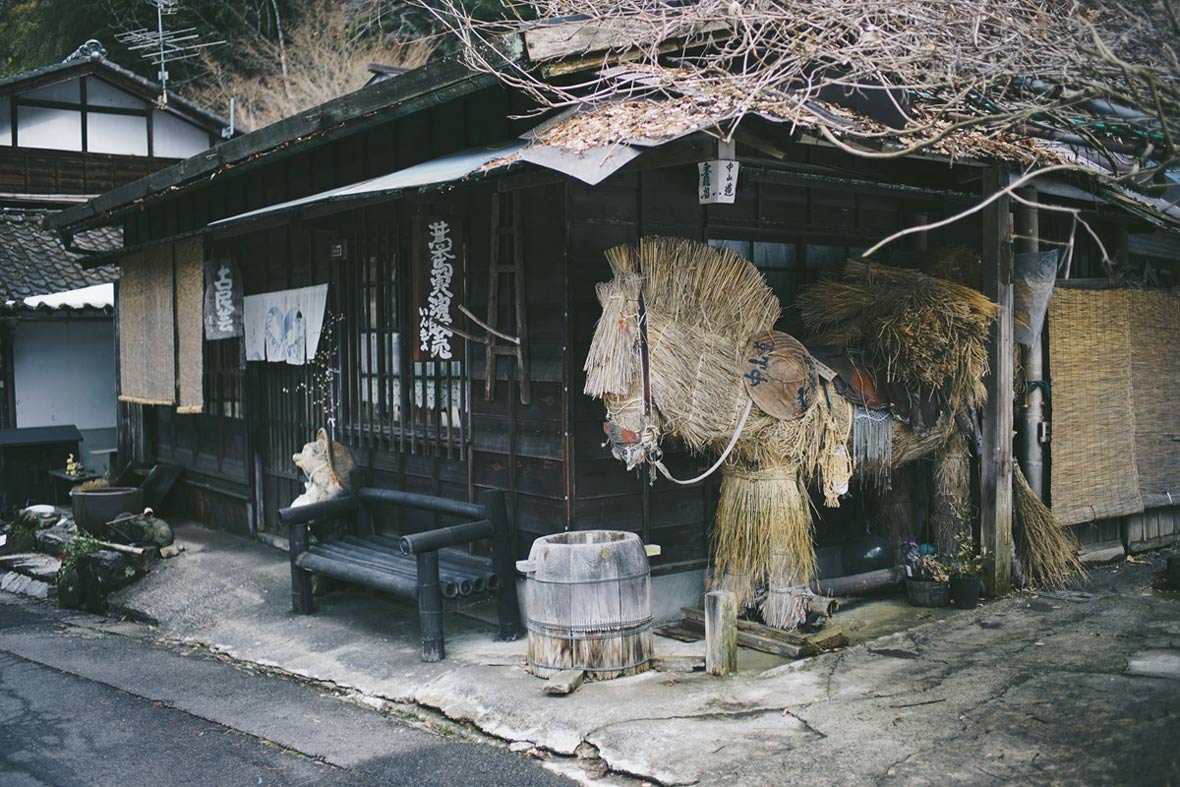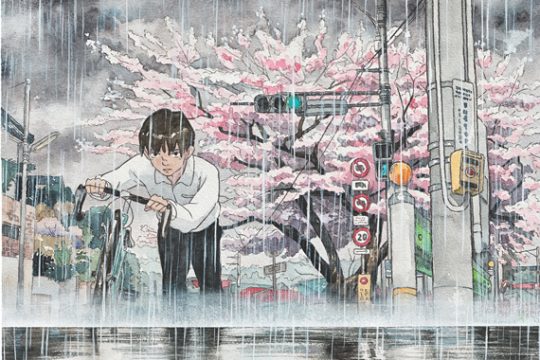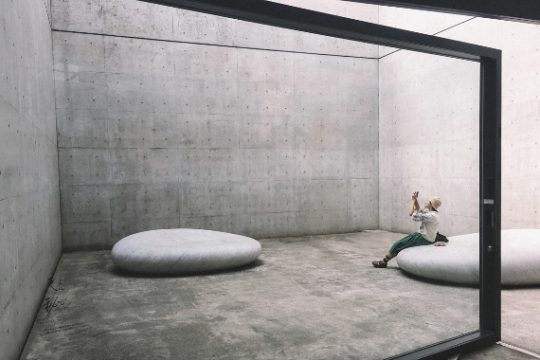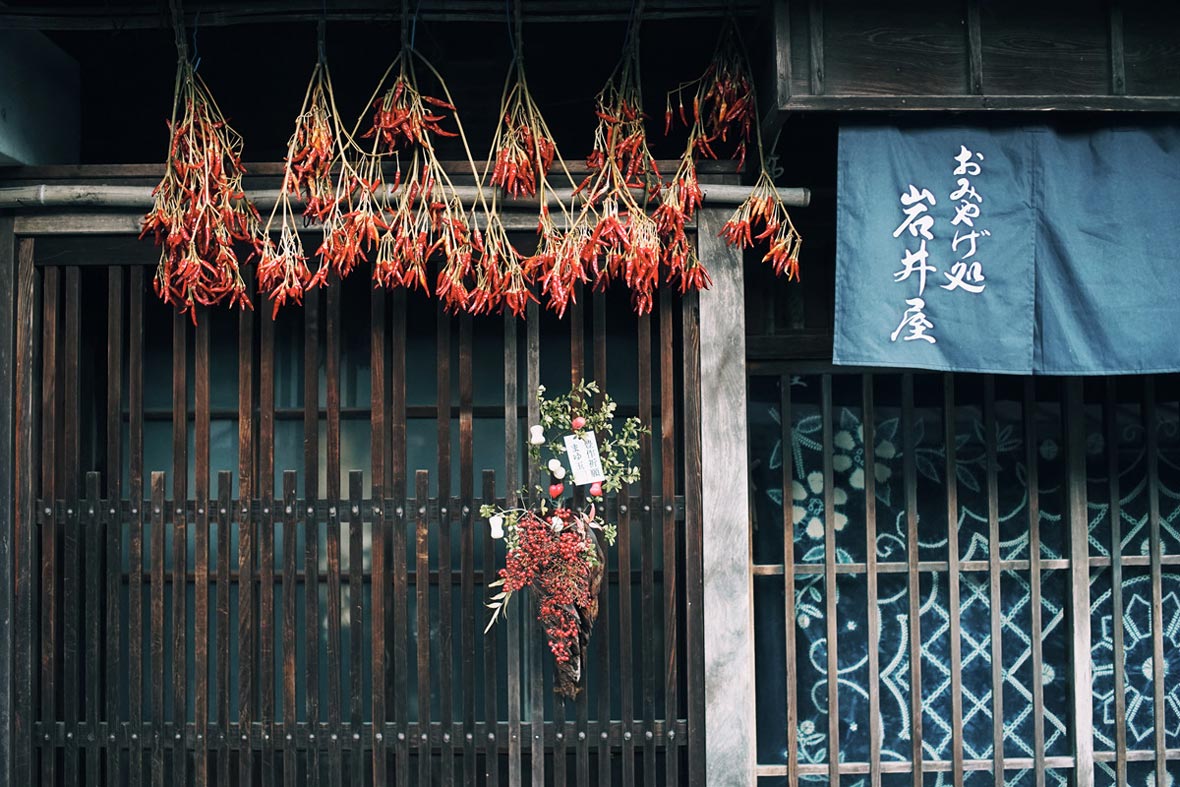
Lasting between 1603 and 1868 was the Edo era, one of the most prosperous periods of time in the history of Japan. During this time, Japan was under the rule of the Tokugawa shogunate, the last feudal Japanese military government, and the country’s 300 daimyō, the all-powerful feudal lords who ruled most of the land. Characterized by intensive economic growth, an excessively strict social order, isolationist foreign policies and a flourishing art scene, the Edo period played a profound role in the industrial, artistic and intellectual development of Japan.
日本の歴史上最も繁栄した時代の一つである江戸時代は、1603年から1868年まで続きました。当時の日本は、この国最後の封建制度下の軍政府であった徳川幕府の支配下にあり、全権力を握る領主として300人の地方大名が国土の大半を統治していました。著しい経済成長、過剰なほど厳格な社会的序列、鎖国政策、芸術的背景の開花に象徴される江戸時代は、産業面においても、芸術・知的面においても、日本の発展に重要な役割を果たしました。
Located in Nagiso, Nagano Prefecture, Tsumago-juku is the 42nd of the 69 post towns on the Nakasendō, a trade route that stretched over 530 km and connected modern-day Tokyo with Kyoto during the Edo period. As one of the most well-preserved towns in Japan, people stopping by Tsumago are usually visitors looking to experience an authentic slice of Japanese history and soak in the ambience of a historic Japanese post town.
長野県の南木曽町(なぎそまち)に位置する妻籠宿(つまごじゅく)は、江戸時代の商業街道として現在の東京と京都を結ぶ530 kmに渡って栄えた中山道六十九次のうち42番目の宿場でした。日本国内で最も保存状態に優れた町である妻籠宿を訪れる観光客らは、歴史的な日本の宿場町の雰囲気に浸り、日本史の真の一面に触れることができます。
Before becoming a part of the Nakasendō route, Tsumago was part of the Kisoji, a minor trade route running through the Kiso Valley. The town fell into poverty after the construction of the Chūō Main Line railway, which bypassed Tsumago. As a result, the town ended up being neglected for over a century. Yet, with enough dedication and effort from locals, over 20 houses were restored by 1971. Five years later, Tsumago was deemed as a Nationally Designated Architectural Preservation Site by the Japanese government and has since then become a fairly popular tourist destination.
中山道の宿場となる以前、妻籠宿は、木曾谷を抜ける比較的小規模な商業街道であった木曽路の一部でした。やがてこの町は、妻籠宿を迂回して建設されたJR中央本線開通後、貧困に陥ることになります。その結果、町は1世紀以上もの間、世間から忘れ去られた存在だったのです。それでも、地元住民の献身と努力の甲斐あって、1971年までには20軒を超える町の家屋が修復されました。そしてその5年後、妻籠宿は日本政府により重要伝統的建造物群保存地区に指定され、今日では人気の観光地となったわけです。
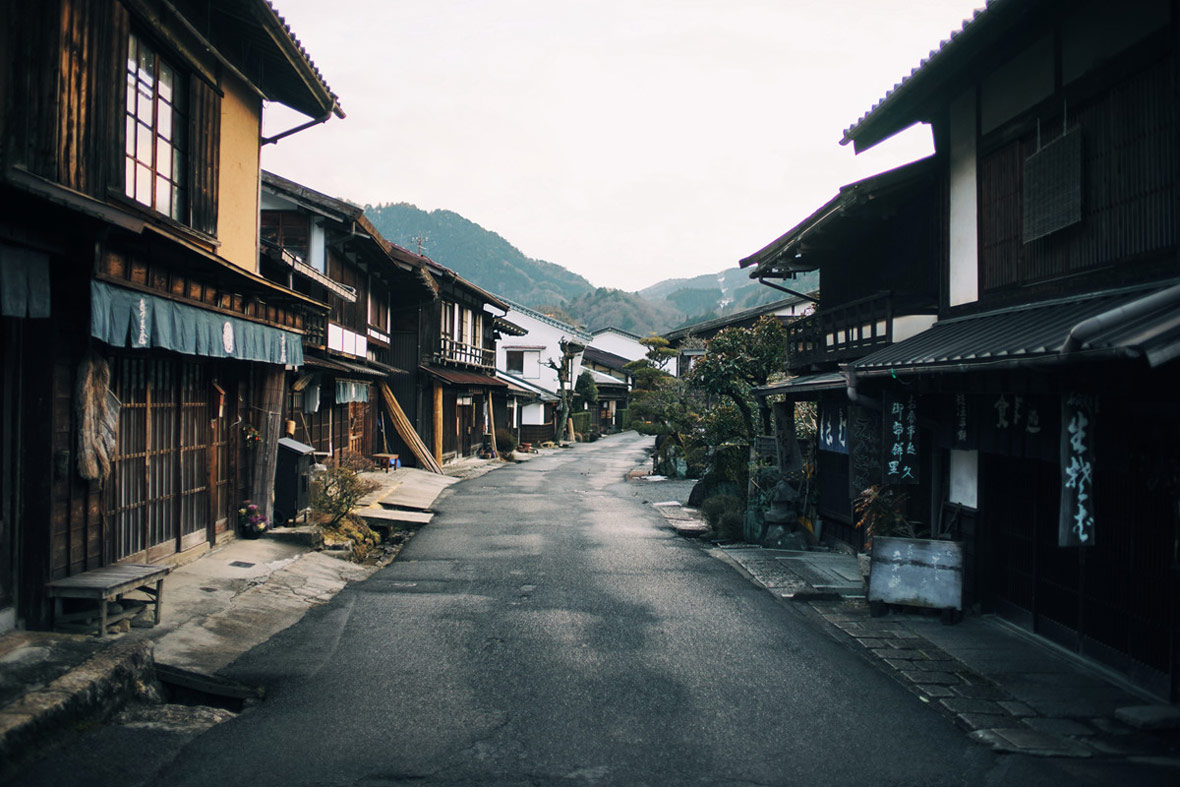
It only takes a short ten minutes to go through the entirety of Tsumago on foot. A myriad of wooden Edo-style temples, shrines and two-story inns are scattered along the street. Cars are strictly prohibited on the main road during the day, and all the power cables along with the telegraph lines are concealed. It’s details like these that brings forth the feeling of having traveled back in time for visitors.
妻籠宿の町全体を通り抜けるには徒歩で10分もあれば十分です。通りに沿って、江戸様式の木造の神社仏閣や二階建ての旅籠が軒を連ねています。日中は、車での本通りの通行は厳禁で、電信線のケーブル線はすべて見えないように隠されています。こういった細部が、過去に旅する気分を訪れる者に味わわせてくれるのです。
Different kinds of accommodations are available for travelers, including a rebuilt version of the town’s honjin, which used to be a major way station for government officials. It was the place where only feudal lords and other representatives of the shogunate would stay during their travels. Originally destroyed, the inn was reconstructed in 1995, but the new building still manages to retain the sense of charm that it once held during the Edo era.
町には旅行者向けに様々な宿泊施設があり、中には、幕府の官僚らが利用する宿舎であった本陣を改築した宿もあります。ここは、大名など幕府の役人らが移動中に滞在した場所でした。元の本陣が荒廃したのち1995年に再建されたものですが、江戸時代の栄華の名残を今も留めています。
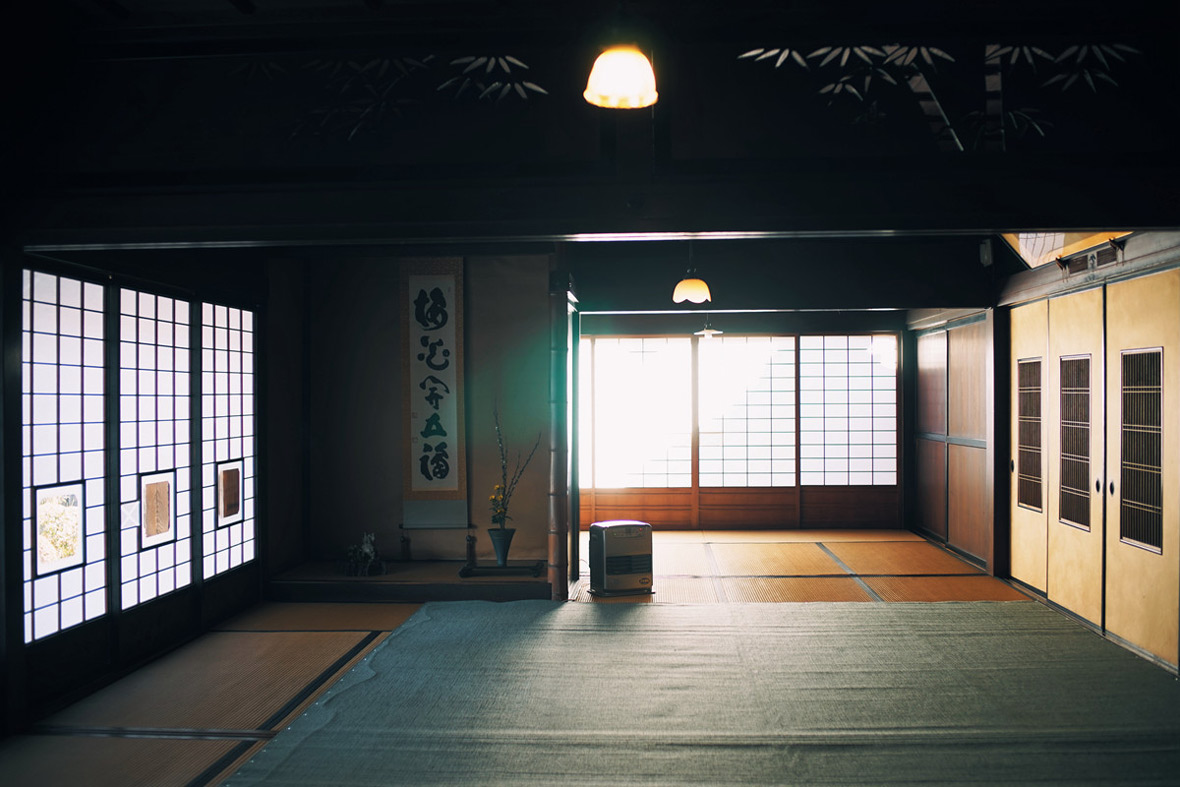
The waki-honjin, which is a smaller version of the honjin, is the secondary inn. In the past, it accommodated travelers of lower status and retainers of the feudal lords. Reconstructed in 1877, the waki-honjin was rebuilt with Japanese cypress, which was actually prohibited by the government during those times. According to the rules, when two official parties were traveling through Tsumago, only the most powerful of the two could stay in the main honjin, while the other party must reside in the waki-honjin.
本陣の小型版、脇本陣は、補助的な宿泊施設を指します。かつて、ここには位が低い旅人や、大名の家来などが宿泊していました。1877年に再建された脇本陣は、当時幕府により使用が禁止されていた檜で再築されたものです。規則に則って、2つの役人団体が同時に妻籠宿に滞在した場合、格式が高い一行のみが本陣での宿泊を許され、もう一方は脇本陣の利用を余儀なくされていました。
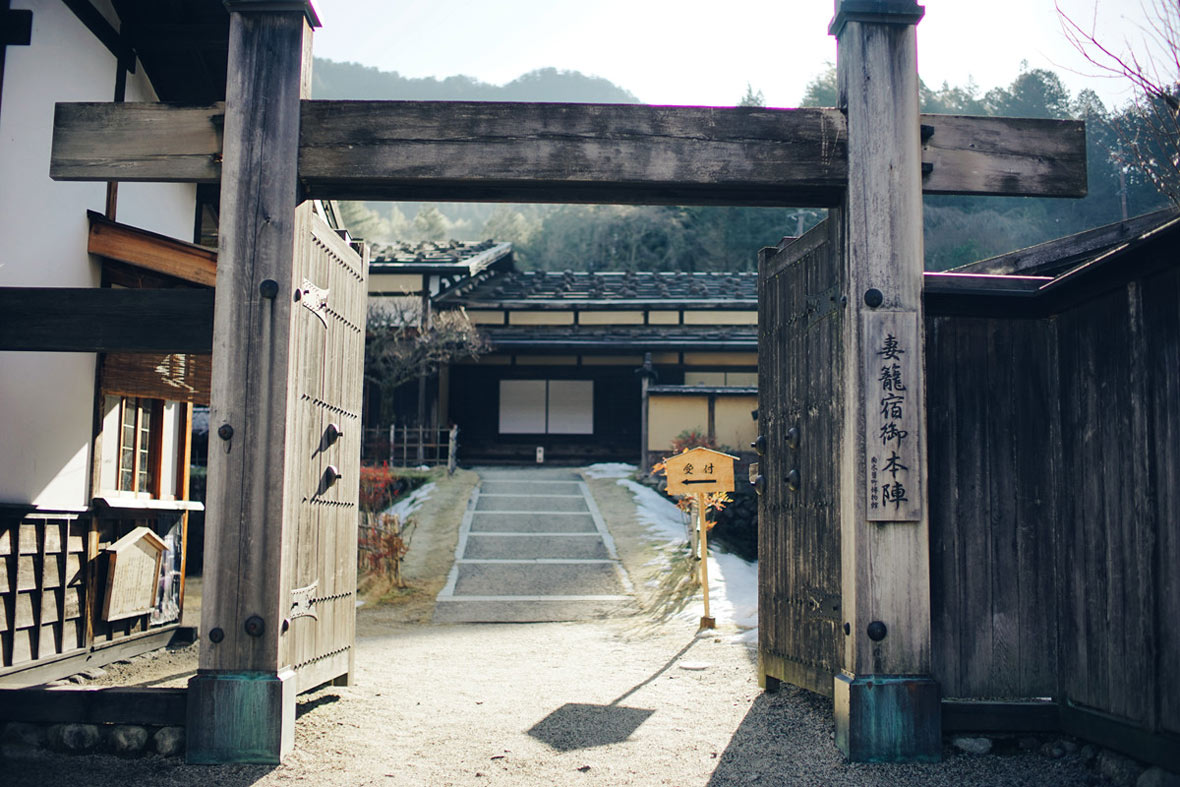
The government has a set of stringent laws that prevents any of the buildings in Tsumago to be rented out, sold, or demolished. The town remains uninhabited nowadays, and its only the traditional craft shops and inns crammed with people during the tourist season that brings the sleepy town to life. But for people looking to experience a piece of Japanese cultural history, this quaint little town is a must-visit destination.
政府により、妻籠宿の全建築物の賃貸、売却、解体を防止する一連の厳しい法令が制定されています。現在この町には居住者がおらず、行楽シーズンには伝統工芸品の店舗と宿泊施設だけが観光客で賑わい、静かな町に活気が戻ります。日本の文化史を体験したい方にとって、この趣のある小さな町は、是非訪れたい場所と言えるでしょう。

